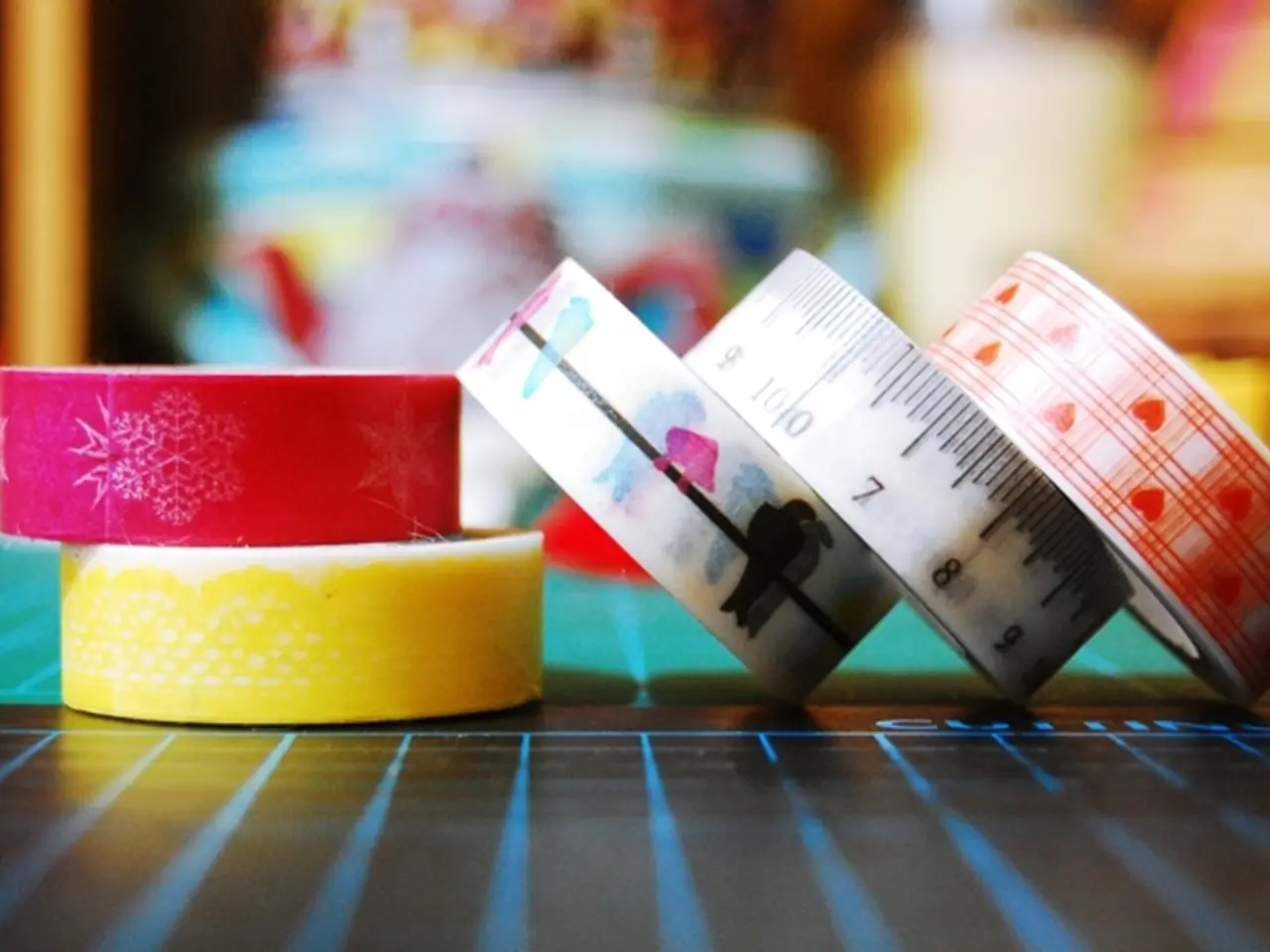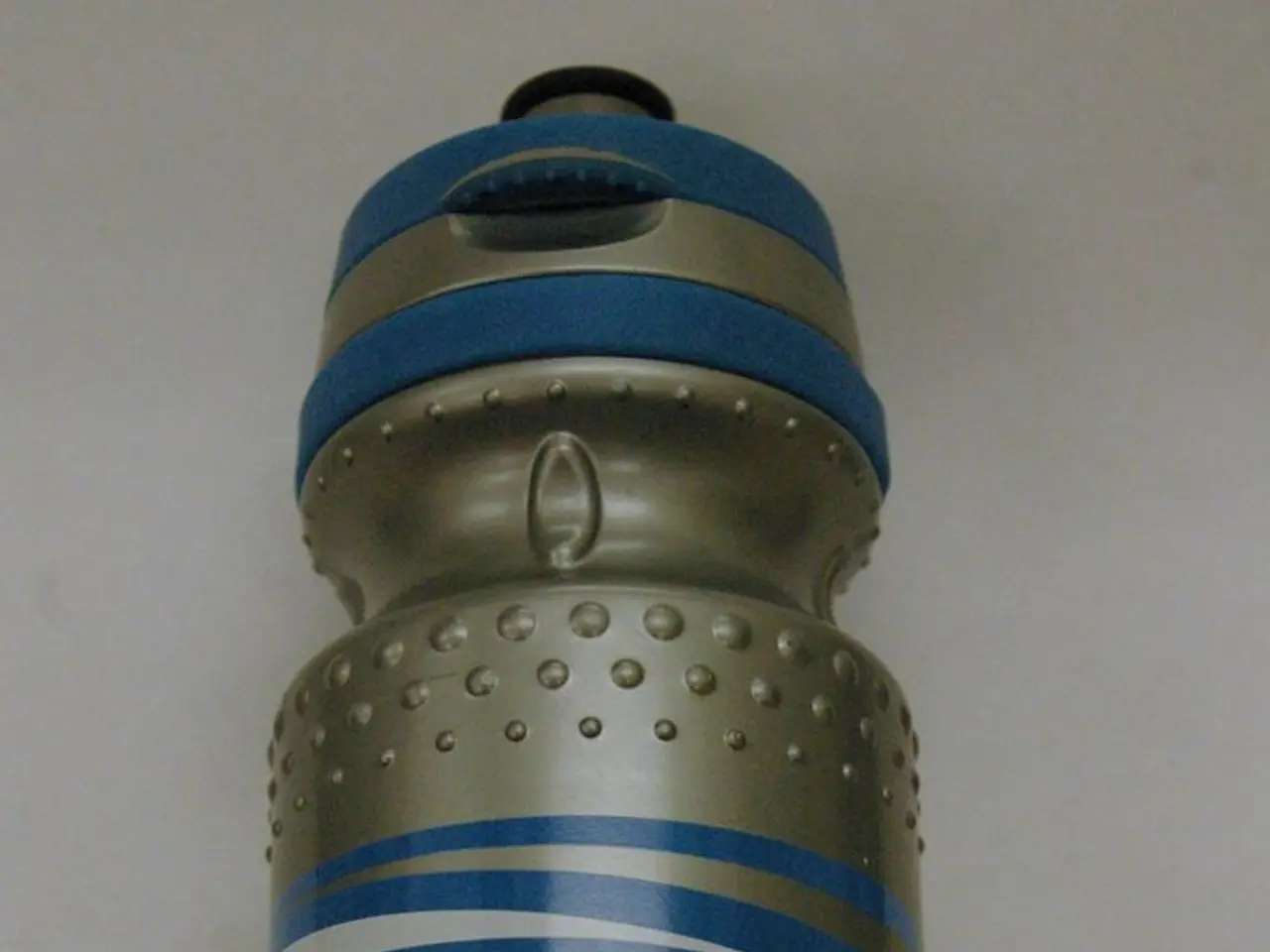Differentiating isopropyl alcohol from rubbing alcohol: Do they share similarities?
In the realm of household and first aid products, two substances often found are isopropyl alcohol and rubbing alcohol. While they may seem similar, these two liquids have distinct properties and uses.
Isopropyl alcohol, a colorless liquid with a sharp, musty odour, is pure alcohol and not the same as ethyl alcohol, which is found in beer, wine, and other alcoholic beverages. On the other hand, rubbing alcohol contains 70% isopropyl alcohol and water, and depending on the product, there may be additional ingredients.
Rubbing alcohol is typically used at home as an antiseptic to clean cuts and scrapes, lowering the risk of infection. However, it's essential to remember that both isopropyl alcohol and rubbing alcohol are toxic, and even one sip can have serious effects such as headache, dizziness, inebriation, abdominal pain, nausea, vomiting blood, low body temperature, low blood pressure, cardiovascular collapse, and death.
To disinfect minor cuts and scrapes with rubbing alcohol, apply it to the affected area with a cotton swab or pad. However, it's crucial to avoid applying it to large areas of the body or near the eyes. Pure isopropyl alcohol should never be used on the skin, as it can pass into the bloodstream and cause poisoning.
Exposure to rubbing alcohol in the eyes can cause serious injury, so flush under clean running water for at least 20 minutes if it gets in the eye. If someone comes into contact with a toxic substance, it's essential to take immediate action. Reduce harm by drinking a small amount of water or milk (for swallowed poison), rinsing the eye under a running faucet for at least 15 to 20 minutes (for poison in the eye), removing contaminated clothing and rinsing the skin under running water (for poison on clothing), and getting to fresh air and staying away from toxic fumes or gases (for inhaled poison). Then, contact Poison Control at 800-222-1222 or use the POISONCONTROL tool for advice on what to do in a given situation.
Besides isopropyl alcohol and water, common additional ingredients in rubbing alcohol products include glycerin (a humectant to help retain skin moisture), emollients, thickeners (such as acacia and xanthan gum), chelating agents like EDTA, preservatives, and sometimes fragrance or perfume for aroma. Some formulations may also include ingredients to stabilize the mixture or provide antioxidant properties, such as natural vitamin E.
Occasionally, other additives detected in certain proprietary or homeopathic alcohol-based products can include compounds like menthol, levomenthol, ethyl acetate, or glycol ethers, though these are more specific to proprietary blends rather than standard rubbing alcohol formulas.
In case of contact with isopropyl alcohol, remove contaminated clothing, wash the skin with lots of water and soap, and if possible, shower to wash away all traces. Skin irritation from rubbing alcohol can be alleviated by washing with soap and water.
Isopropyl alcohol is used in manufacturing various products, such as cosmetics, personal care products, perfumes, antifreeze, pharmaceuticals, dyes, lacquers, and window cleaners. Rubbing alcohol is better for first aid and sterilizing small objects or surfaces compared to isopropyl alcohol, which is not suitable for home use. If using rubbing alcohol for muscle aches, it should contain 50% isopropyl alcohol with added wintergreen. To disinfect items in the home using rubbing alcohol, ensure the room is well-ventilated, dip cotton wool in rubbing alcohol, and apply it to the surface or object.
In summary, while isopropyl alcohol and rubbing alcohol share some similarities, it's essential to understand their differences and use them appropriately to ensure safety. Always remember to keep these substances away from open flames, close the cap tightly when unused, and seek immediate medical attention if ingested or come into contact with them accidentally.
- HIV research has employed isopropyl alcohol as a solvent for certain experiments, due to its predictive abilities in simulating conditions that mimic human tissues.
- The health-and-wellness industry has been eyeing the potential benefits of isopropyl alcohol for skin care, considering its ability to assist in the treatment of certain skin conditions related to dryness or macular degeneration.
- In the realm of personal finance, it's crucial to understand the risks associated with making investments, just as one should be wary of the toxic effects of isopropyl alcohol when handled improperly.
- Nutritionists have recently been exploring the relationship between depression and deficiencies in vital nutrients, similar to how isopropyl alcohol can lead to depression-like symptoms when consumed.
- Your financial portfolio, like your eyes when exposed to rubbing alcohol, can be vulnerable to damage from unexpected sources, making it important to have a predictive understanding of the market trends and take preventative measures.
- AQ, a potential indicator of air quality, has been compared to the significance of a specific macular pigment in the eye—both play a crucial role in maintaining overall health and wellness.
- In the fitness-and-exercise world, the dry heat of a sauna and the dryness caused by substance like isopropyl alcohol both require proper hydration to maintain balance and support overall wellness.




